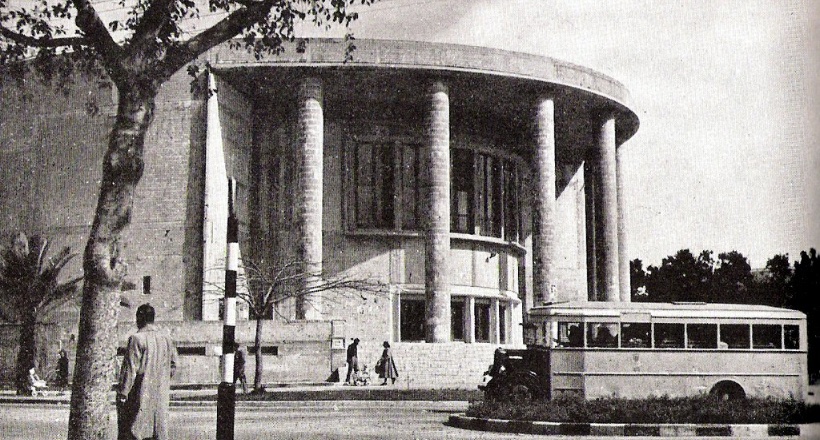This day in history: the ‘Habima’ theater found its home
“Habima” found its home in Israel

On October 1, 1945, the theater “Habima” — the first national theater of the Jewish people — ceremoniously opened its building in Tel Aviv.
This was not just a cultural celebration: for the first time in the history of the Jewish revival in the Land of Israel, a Jewish theater had its own home and a permanent stage.
Leaders of the Yishuv, artists, and hundreds of spectators attended the opening ceremony.
Hanna Rovina, the “first lady” of the Jewish stage, uttered words that became a symbol of the era: “Habima’s house will become a beacon of art in the land of Israel”.
The Mayor of Tel Aviv, Yosef Rokach, cut the blue-and-white ribbon, and the curtain of Israel’s first theater house rose to the applause of the audience.
Vilnius – Moscow – Tel Aviv
The theater named “Habima”, performing in Hebrew, was first created in 1913 in Vilnius. In 1917, the theater moved to Moscow, and its artistic director became Yevgeny Vakhtangov.
The first productions — “The Dybbuk” and “The Golem” — brought the theater world fame. Among its creators and actors were Hanna Rovina, Menachem Gnessin, Yitzhak Daniel, and Shloyme Mikhoels.
After the revolutionary years and long tours across Europe, the troupe found itself in Eretz Israel. In 1928, “Habima” settled in Tel Aviv, becoming part of the cultural landscape of the new Jewish society.
A Symbol of Culture and National Memory
The opening of the “Habima” building in 1945 was the culmination of a thirty-year journey — from a small studio to a national theater.
Since then, the “Habima” stage has become a home for Israeli drama, classics, and poetry, a place where the language and culture of the Jewish people found their living sound.
Today, “Habima” is not just a theater. It is a symbol of cultural revival, one of the institutions that shaped the face of Israel, connecting generations and languages, past and future.
•





